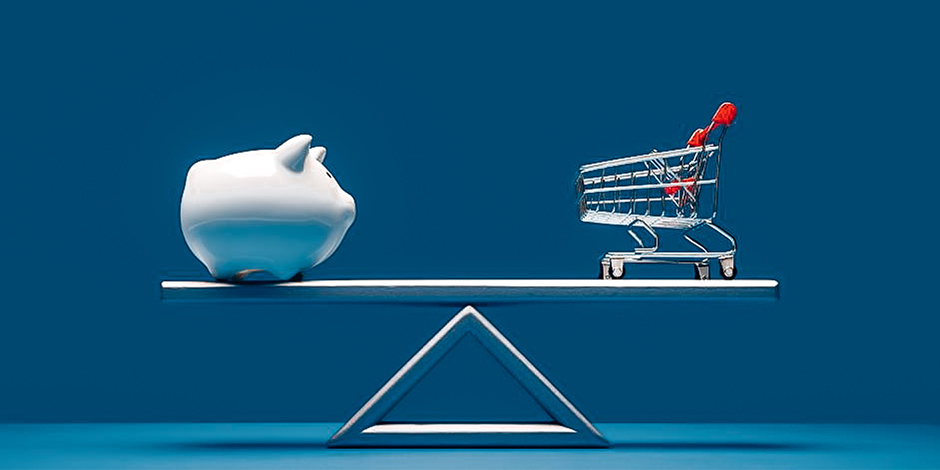The retail industry faces a reckoning next year when we finally learn the true state of the consumer in a post-Covid world – without distortions like waves of government cash, snarled supply chains, corrosive inflation, and so on.
Will the new-normal consumer economy continue to grow as it has for the last few years, or will it land softly? How about that widely mispredicted recession? Will it finally break out, and then the party's over?
It’s a question that haunts retail execs during the holidays as we shop, and they hunch over final drafts of factory purchase orders for next summer’s swimsuits or next winter’s sweaters and finalize their financial plans for 2024. The pandemic turmoil has abated, but has consumer enthusiasm? It is clear that is the big question.
Are customers running out of gas, literally and in their spending?
After the past few years of recovery and growth, it may be hard to imagine a true recession given the rosy snapshot of today’s economy: unemployment as low as it gets, inflation easing, ecommerce flourishing, and retail parking lots humming.
But beneath the surface, as mentioned last week, shoppers are becoming skittish, and with good reason. The state of the consumer is wobbly.
Many families used their stimulus funds to pay down credit cards and build up savings at the pandemic's beginning. Then they went on spending sprees and, more recently, vacations. In this year’s third quarter, that trend accelerated into a “consumption binge,” as described in a recent J.P. Morgan. As a result, the bank estimates that the average American household will run out of excess liquidity (essentially, spare cash in the bank) by June 2024.
That binge helped push credit card debt over the one trillion mark for the first time, a huge surge of 25% since just before the pandemic shutdown in March 2020. It’s especially troublesome because inflation over the same period was 19%. That extra 6% – presumably the binge factor – will exacerbate a debt hangover with rising monthly payments calculated at higher interest rates.
Household budgets are already tightening. Early warning signs include a report by Fitch Ratings that some categories of auto loans have hit a new record for being sixty or more days delinquent. Fed data for the second quarter shows an increase in ninety-day credit card delinquencies.
On top of that claim on consumer dollars, you can add the cost of air conditioning during last summer’s record heat and the cost of heating this winter. Over the past three years, residential electric rates in US cities have risen by more than 25%, according to Bureau of Labor Statistics data. The price of natural gas was up more than 75% last January. It’s fallen back recently but is still a third higher than in March 2020. Since January of 2021, the price of gasoline is up 50%.
The hardest hit has been states like Texas and California that baked for weeks on 100-plus degree days and where driving long distances is unavoidable.
Data tells the story: consumers have used most of their spending stockpile. Surveys of sentiment find that even those who haven’t are less confident about the future.
Recessions begin when consumer spending slows. Officially, it is two quarters in a row. Will it slow? Or, will consumers once again rise to the occasion as they have the last three years, even in the face of dire predictions?
One thing is sure: how soft or hard the landing will keep us all on the edge of our seats.
Read the full blog on Forbes.com. *Subscription required.
















